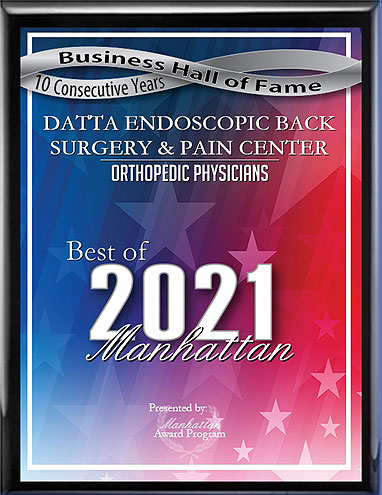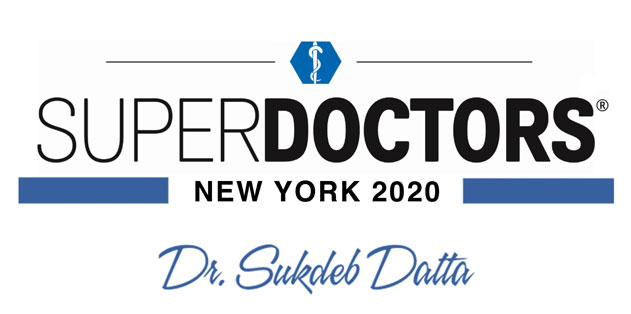Bulging discs are quite common, especially among people who have reached middle age, which is when the discs start to lose fluid and become more prone to damage. A bulging disc occurs when the outer portion of the disc, the annulus fibrosus, becomes flatter than usual, thus taking up more space width-wise than it should, like a hamburger that's too big for the bun. Some patients have bulging discs without ever realizing it, but if the disc presses against the nerves, symptoms can occur.
Symptoms of a bulging disc mirror those of other forms of spinal stenosis. Patients commonly experience pain in the back, pain in the limbs, numbness or tingling in the limbs, and/or muscle weakness. These symptoms occur because the disc interrupts the normal flow of sensory and motor information to the brain from the body.
Surgery
It's relatively uncommon for patients to need surgery for a bulging disc. Most cases are fairly mild to moderate. The first order of business after a diagnosis is almost always conservative treatment, such as physical therapy. Physical therapy strengthens the back, taking pressure off the discs and improving the flow of blood and nutrients to the discs.
If conservative treatments don't work, the next step is sometimes epidural steroid injections. These are injections between the spinal cord and the membrane which surrounds the spinal cord. Epidural injections are a powerful way to reduce inflammation in the spine, often relieving symptoms.
If symptoms are progressive or if all of the above treatments fail, then surgery can be used. Laser spine surgery is now available for bulging discs, and provides a less invasive way to treat discs. During this procedure, a laser is inserted through a small incision in the spine, and a camera through another small incision. A small portion of the disc is dissolved, allowing the disc to return to its normal shape.
To learn more, please click below or call the Datta Endoscopic Back Surgery and Pain Center at (646) 374-1799.
Symptoms of a bulging disc mirror those of other forms of spinal stenosis. Patients commonly experience pain in the back, pain in the limbs, numbness or tingling in the limbs, and/or muscle weakness. These symptoms occur because the disc interrupts the normal flow of sensory and motor information to the brain from the body.
Surgery
It's relatively uncommon for patients to need surgery for a bulging disc. Most cases are fairly mild to moderate. The first order of business after a diagnosis is almost always conservative treatment, such as physical therapy. Physical therapy strengthens the back, taking pressure off the discs and improving the flow of blood and nutrients to the discs.
If conservative treatments don't work, the next step is sometimes epidural steroid injections. These are injections between the spinal cord and the membrane which surrounds the spinal cord. Epidural injections are a powerful way to reduce inflammation in the spine, often relieving symptoms.
If symptoms are progressive or if all of the above treatments fail, then surgery can be used. Laser spine surgery is now available for bulging discs, and provides a less invasive way to treat discs. During this procedure, a laser is inserted through a small incision in the spine, and a camera through another small incision. A small portion of the disc is dissolved, allowing the disc to return to its normal shape.
To learn more, please click below or call the Datta Endoscopic Back Surgery and Pain Center at (646) 374-1799.






 EDISCSCULPT
EDISCSCULPT



